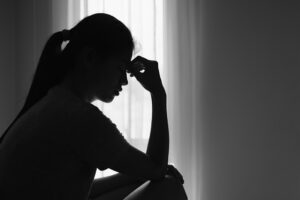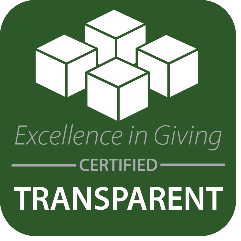“How do human traffickers choose their victims?” is a question that weighs heavily on the minds of many — especially parents and caregivers. With rising awareness about human trafficking in the United States, understanding how traffickers target individuals is crucial for prevention.
Contrary to popular belief, human trafficking rarely involves dramatic kidnappings like those seen in movies. Instead, traffickers often use manipulation, deception, and emotional exploitation to lure victims. Their methods are calculated and personal, targeting individuals who may already be facing hardship or isolation.
Raising awareness about these tactics is a powerful tool in the fight against trafficking. By understanding what human traffickers look for in their victims, family members and communities can take steps to protect those most at risk.
This blog will break down how traffickers target their victims and how you can help prevent their tactics from succeeding.
Common Traits Traffickers Look For
Human traffickers target individuals, as opposed to groups. This is an important distinction, as traffickers exploit individuals by learning all they can about them. Traffickers target vulnerable people, some of the most common risk factors include:
- Poverty and lack of economic opportunity
- Unstable housing or homelessness
- Past abuse or trauma
- Lack of access to education
- Substance use or addiction
- Runaway or foster care history
- Immigration status or language barriers
- Isolation from family and support systems
The 2023 Federal Human Trafficking Report reported that 98% of the human trafficking cases processed were sex trafficking cases. So, it’s important to know what sex traffickers look for in their victims.
Sex traffickers target victims who are easier to manipulate, such as young people, often girls, who crave attention or affection. According to the American Psychological Association, traffickers frequently prey on girls and women who’ve experienced past trauma, domestic violence, or neglect.

Targeted Environments and Locations
The truth is it often starts online. Social media and gaming platforms have made it easier than ever for traffickers to connect with potential victims. According to the National Center for Missing and Exploited Children, traffickers mostly recruit victims online.
But digital spaces aren’t the only concern. Traffickers may also get to know someone in a park, bar, or any public place. The same trigger factors apply, such as loneliness or dependency issues. Human traffickers can isolate people and work themselves into a situation where they are an outlet for the individual.
Traffickers often operate near group homes, foster care systems, low-income housing, truck stops, and even schools. The Better Care Network documents the troubling connection between foster care and human trafficking.
Cities with high tourism, large transportation hubs, or major events are also hotspots. EasyLlama lists the top 10 U.S. cities for human trafficking, including Houston, Atlanta, and Los Angeles.
To understand where traffickers target victims, explore DeliverFund’s insights into where trafficking happens
Tactics Used by Traffickers
So, what do traffickers look for when choosing their victims? It’s not just about spotting someone vulnerable—it’s also about how they plan to gain control. Traffickers often build fake relationships, pretending to be romantic partners or trusted friends. They promise love, opportunity, or even a better life.
This strategy is known as grooming, and it can happen both online and in-person. Polaris Project outlines how traffickers use affection and false promises to manipulate victims into compliance. Once trust is gained, they slowly introduce isolation and coercion.
Online grooming is particularly dangerous as it helps sex traffickers choose their victims more easily. According to MissingKids.org, many traffickers use apps and gaming platforms where children feel safe. Learn more about how social media plays a role in trafficking tactics and how to recognize red flags.
Prevention and Protection Strategies
The best way to fight trafficking is through education and prevention, and it starts at home. You don’t have to wait for cell phone tools or school seminars. Speak to your children about the dangers of human trafficking.
The goal is not to scare your children, but to inform them of the real dangers and what to watch out for. Teaching them about personal boundaries and the risks of talking to strangers online can go a long way in keeping them safe from traffickers.

Join The Fight Against Human Trafficking
Traffickers don’t rely on chance; they prey on the vulnerable. But with awareness, education, and community support, we can protect those most at risk and shut down the systems that allow trafficking to continue.
We’re doing our part to end human trafficking and you can help by doing yours. Join the fight by donating to DeliverFund.









